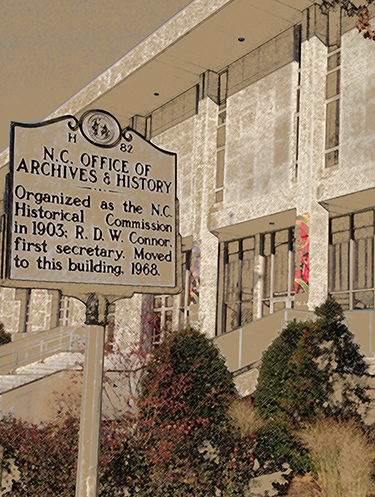North Carolina's Outer Banks was the setting for two important Civil War engagements.
Union victories at Hatteras Inlet and Roanoke Island early in the war placed the area
under Federal control and extended the blockade to the southern coast. The Hatteras
Inlet bombardment began on August 27, 1861, when Commodore Silas Stringham and General
Benjamin Butler launched an amphibious assault on the two small forts, Fort Hatteras
and Fort Clark. Since the Confederate government placed a higher priority on conflicts
in Virginia, the Hatteras Inlet forts were poorly equipped and the militia stationed
there was poorly trained. Both forts fell within two days. The battle on Hatteras
Island is significant in several ways; it was the first amphibious assault in U.S.
Naval history, it was the first joint forces operation, and it was the first territory
seized by the Union and held for the duration of the war.
A few months later, in February 1862, the Union assembled another fleet for an attack
on Roanoke Island. Once again, the Confederate government had most of their forces
committed to the defense of Richmond. They had sent only 1400 soldiers to defend the
island compared with the 13,000 men and 67 vessels commissioned by the Union. Though
the Confederate soldiers fought to defend the island, they were overwhelmed by the
Union's far superior numbers. Hundreds of rebel troops were taken prisoner.
